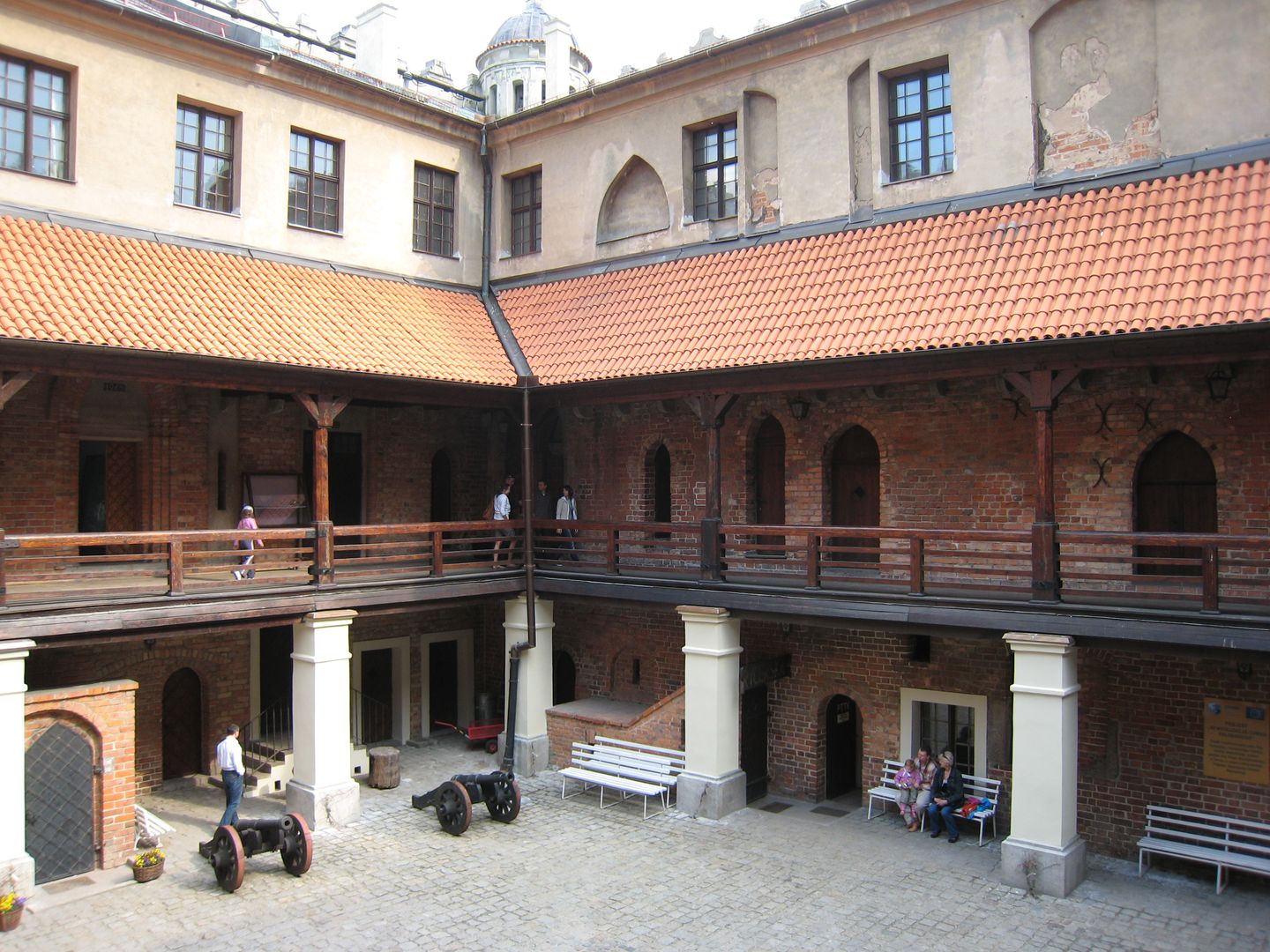Golub Castle
6.09

Overview
Golub Castle is a four-winged, conventual Teutonic Knights' castle from the turn of the 13th and 14th centuries, built on a hill overlooking the town of Golub-Dobrzyń. Maintained in the Gothic-Renaissance style, it played a significant role in the region and in 1664 belonged to the Golub starostwo. The history of the castle dates back to 1258, when Bishop Wolimir of Włocławek received the surrounding lands as a gift. Over time, the site passed from the bishops to the Teutonic Order, which began construction of the stone castle between 1304 and 1306. The castle was rebuilt multiple times, with full construction works completed in the 14th century, including a defensive system adapted for firearms. In 1410, the castle was captured by Polish knights and later remained in the hands of the Teutonic Order until the Golub War in 1422. The castle witnessed many historical events, including the Battle of Grunwald, where knights associated with the castle perished, and clashes with Polish forces. Later, King Casimir IV Jagiellon granted the castle to his courtier as a leasehold, and after the Thirteen Years' War, it was incorporated into the Kingdom of Poland. In 1511, by order of Sigismund the Old, it underwent renovation, with further works carried out between 1616 and 1623, adding late Renaissance elements. The castle was also the site where tobacco was first cultivated in Poland, introduced from Turkey. Damaged during the Swedish Wars and further deteriorated in the 19th century, the castle underwent a series of renovations, and in 1977, it hosted one of Poland's first historical reenactments, related to a knights' tournament. Today, the castle serves as a museum, hotel, and restaurant. An interesting legend associated with this place tells of a secret underground passage to the castle in Radziki Duże, which was said to allow residents to escape from the Swedes during the Polish-Swedish wars. Although the tunnel was destroyed, a massive boulder that blocked the path can still be seen in the current of the Drwęca River. Golub Castle is not only an important element of the region's architectural heritage but also a significant site on Poland's historical map.
Location
2025 Wizytor | All Rights Reserved